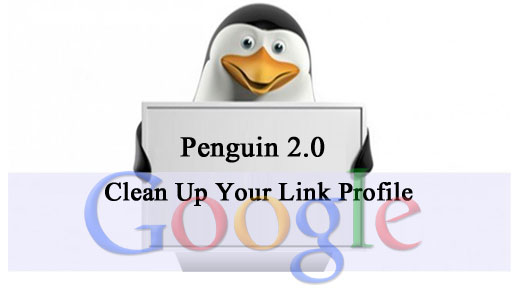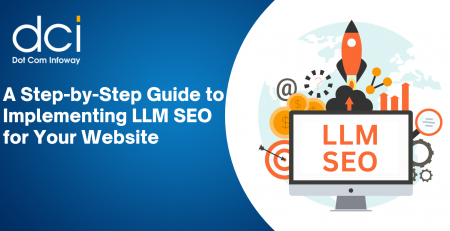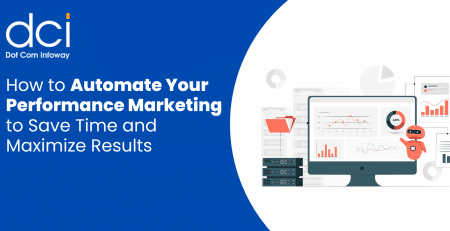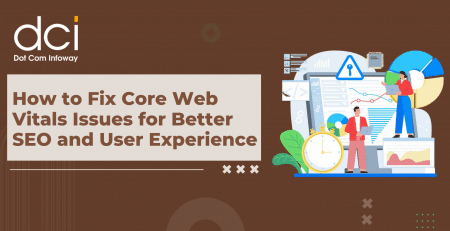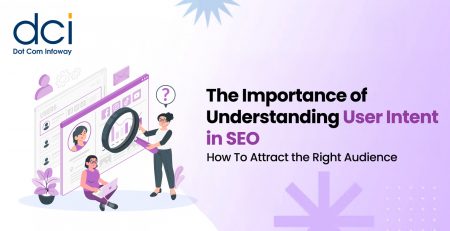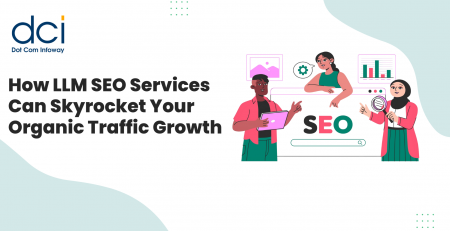5 Questions to Ask Before Cleaning Up Penguin 2.0 Hurt Link Profile
Lately, Google the most-used search engine has hit the websites badly that have spammy, poor quality inbound links! Google has brought several updates to enhance the user-experience that significantly changed the algorithm and rankings. These updates also changed the old SEO concepts and methods. Google Farmer update was followed by Panda and then came Penguin update. If you have a website that has Penguin hurt link profile, you need to remove those bad, spammy links to restore the ranking and SERP. Here, you will discover the most important factors you need to consider while cleaning up your website’s penguin hurt link profile.
5 questions to ask before cleaning up Penguin 2.0 hurt link profile
These questions discussed here can help you build the checklist before you start restoring your websites link reputation. In most cases, the SEO reputation managers follow these basic guidelines here. If you’re about to redo the search engine optimization campaign, you should stick to the blueprint and follow the checklist precisely.
1. Should all the links be removed obtained for Google?
If you have decided to redo SEO for the website that has lost SERP after the recent update, you should focus on the bad links that damaged your rankings. This doesn’t include all the links, rather you should shortlist some of them and manually remove them one by one. You must remove the paid/sponsored dofollow links to your websites. You should also remove the inbound links that are overly optimized, i.e. links with exact match keyword anchor. You should also remove links that come from a website that’s not related to your niche or industry!
2. Should we remove all sub-standard links ?
No, you don’t have to remove all the substandard links. Rather, you should only focus on removing links that were built based on random metrics such as aged domain, PR of a domain, number of indexed pages on that domain and so forth. You should also check the manipulative links even from the trusted, authority websites. The motive would be removing any link that might spoil the natural SEO flow!
3. Are all branded anchor text links good?
The answer to this question is a straight “NO”. Definitely the anchor text with your branded links are helpful to get an authority in Google’s eye, but such links on a spammy, suspicious website can damage your website reputation. You have to remove the links from such websites and clean your link profile. At the same time, you have to re-optimize the links if they’re already overly-optimized!
4. Do you need to use any tool?
While beginning the link-removal campaign, you can definitely use a tool. Reputation management is a very crucial step for any website and you need to handle it with extreme caution and care. You might start the campaign with a tool, but you have to continue removing the links manually one by one! Most SEO experts and the leading companies suggest webmasters to identify each of the inbound links manually before removing it.
5. Can we use Google’s Disavow?
According to Moz, Google’s disavow is one of the most mysterious SEO tools ever! This can help you remove all the inbound links that are potentially damaging your website’s reputation in Google’s eye. However, if not used properly, this tool can harm the website’s overall performance and SERP. That’s why expert SEO managers don’t recommend this tool to be used in an initial stage. You have to remove maximum number of links manually before running the Disavow tool.
SEO is an ever-changing concept. With the changes in Google algorithm, the methods and strategies are required to be updated too! You should continuously stay updated about the changes, modify your campaigns to make them more suitable for the search engines and learn about the techniques to remove penalties on your website.

